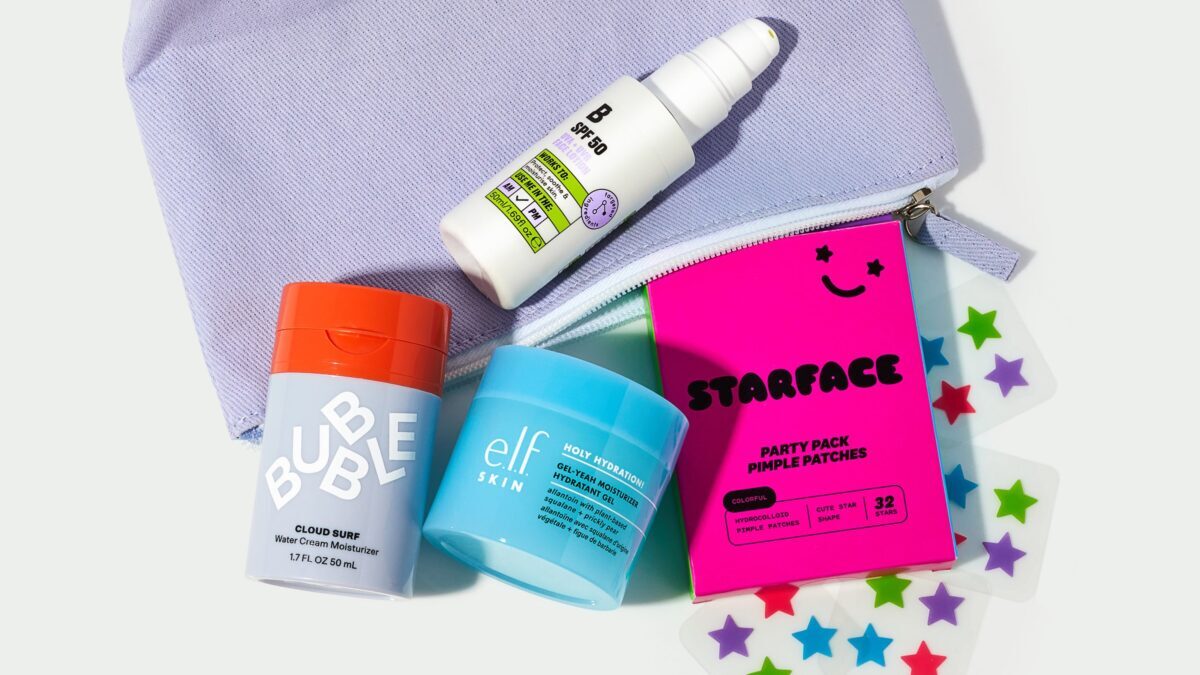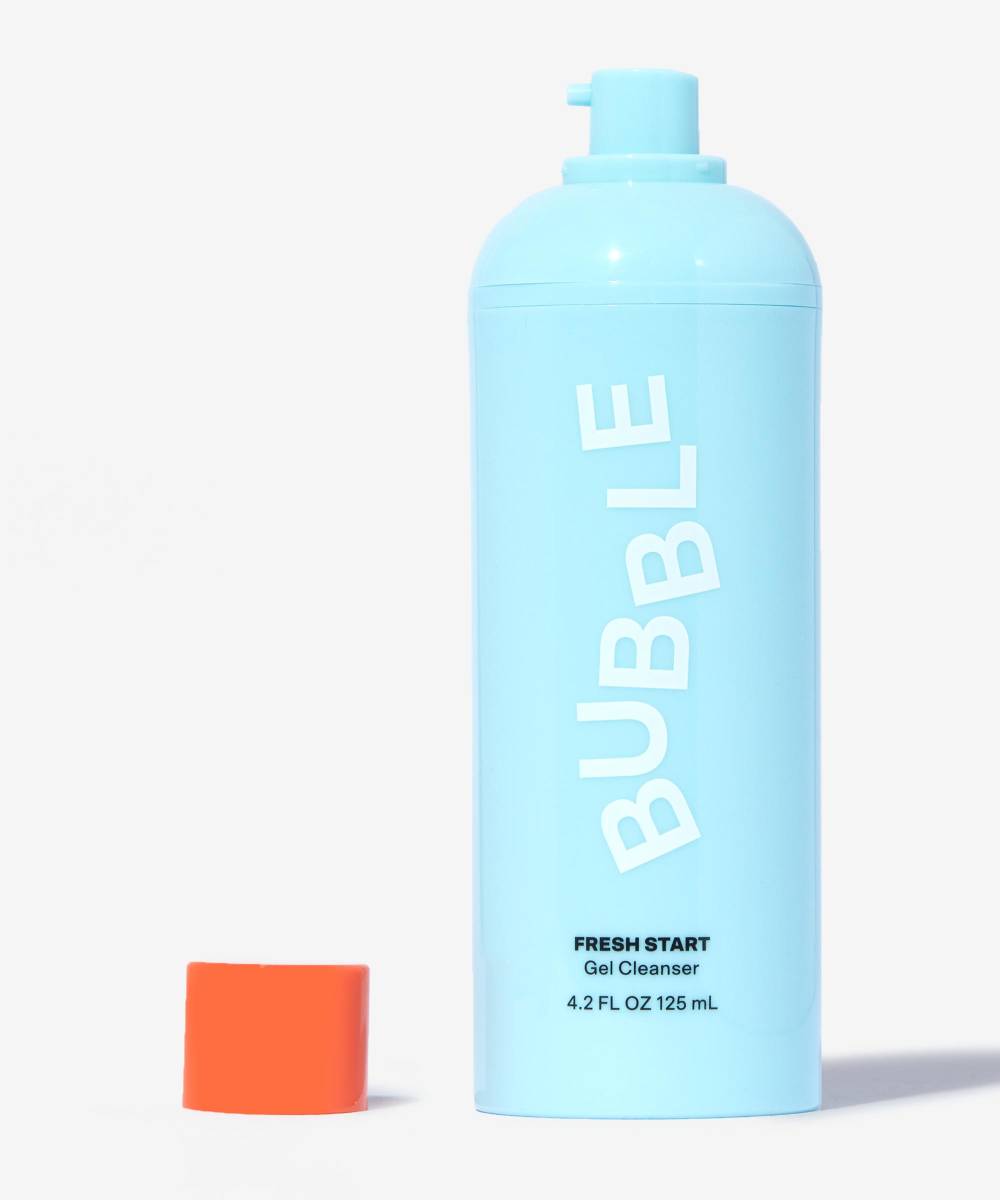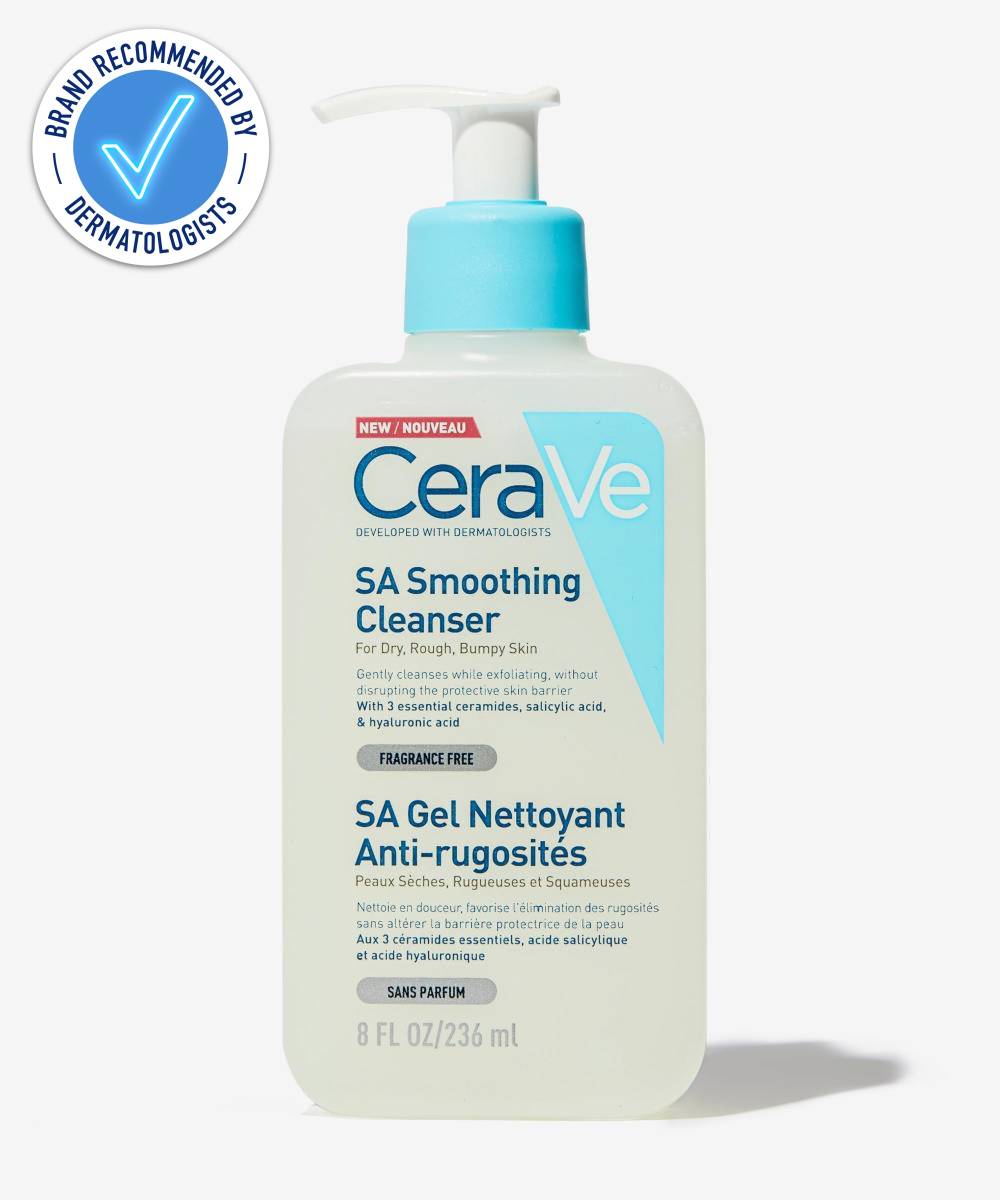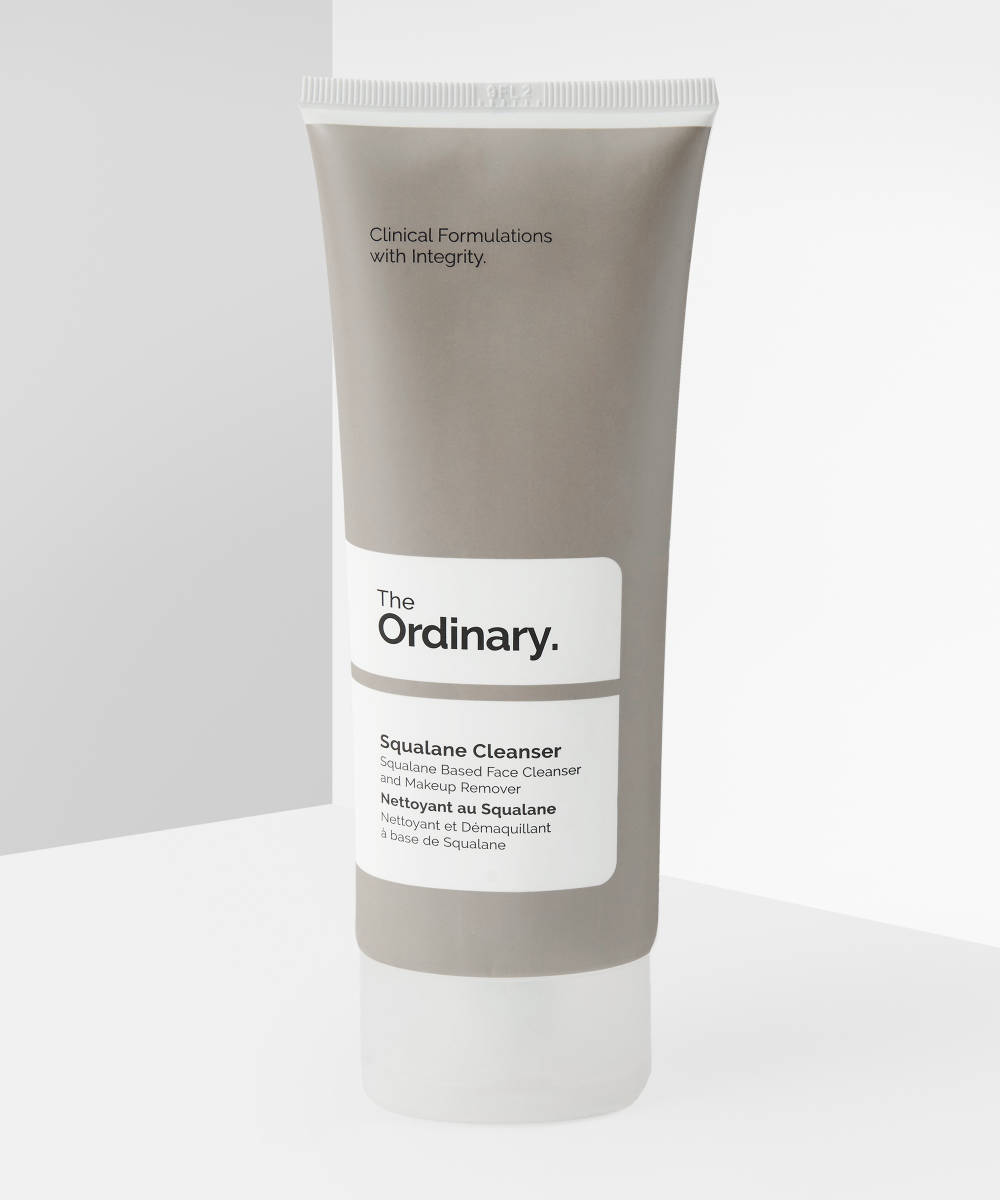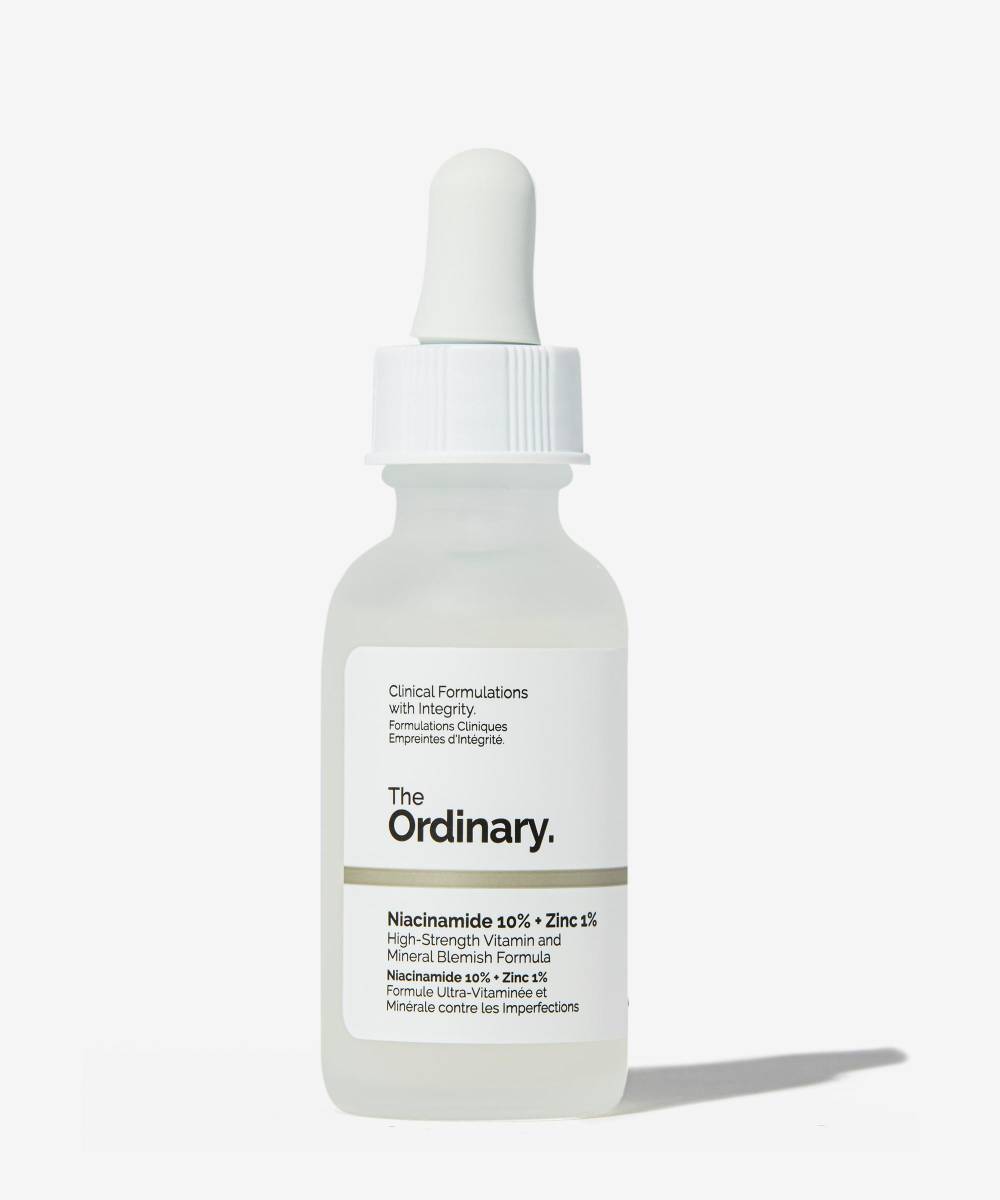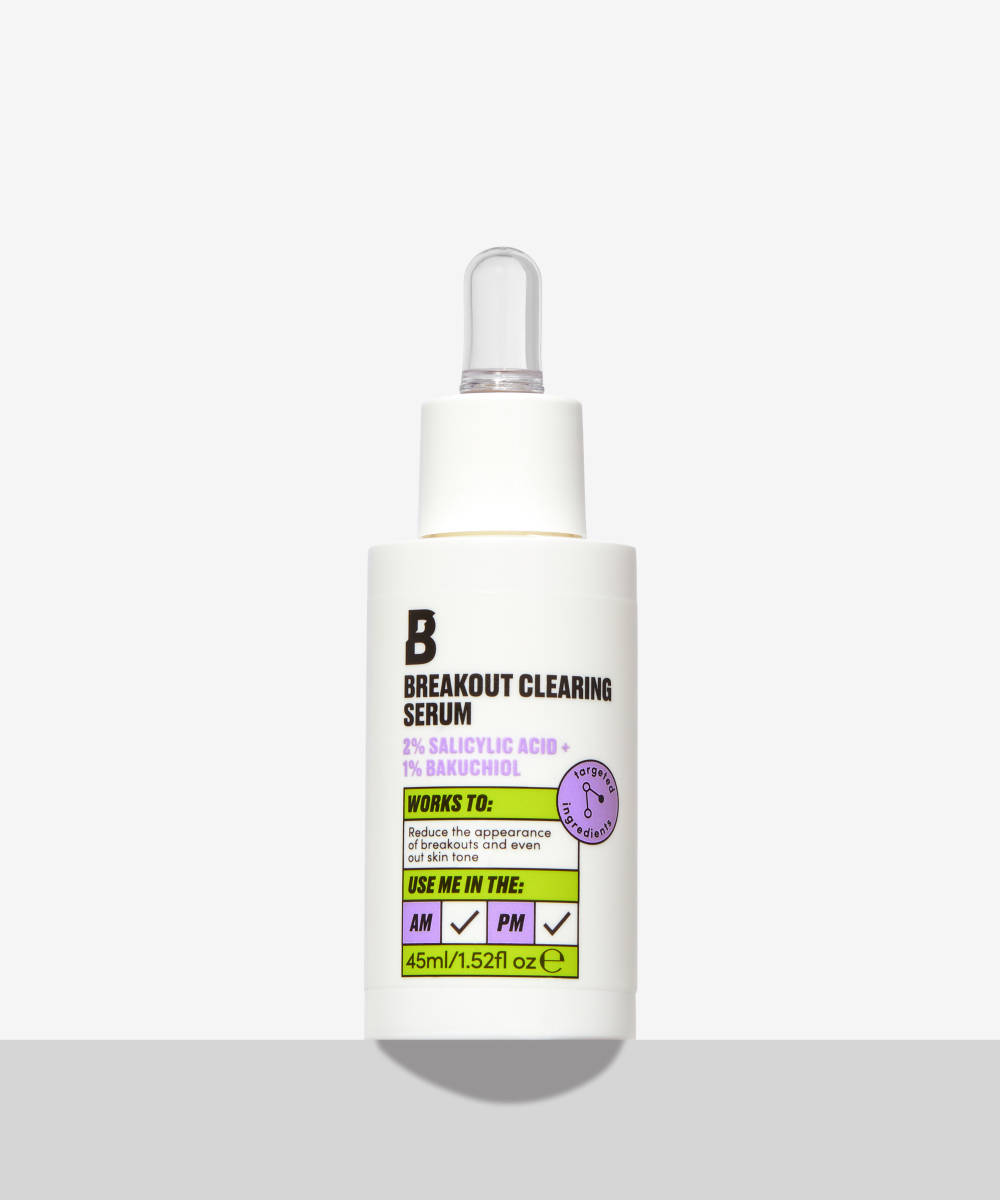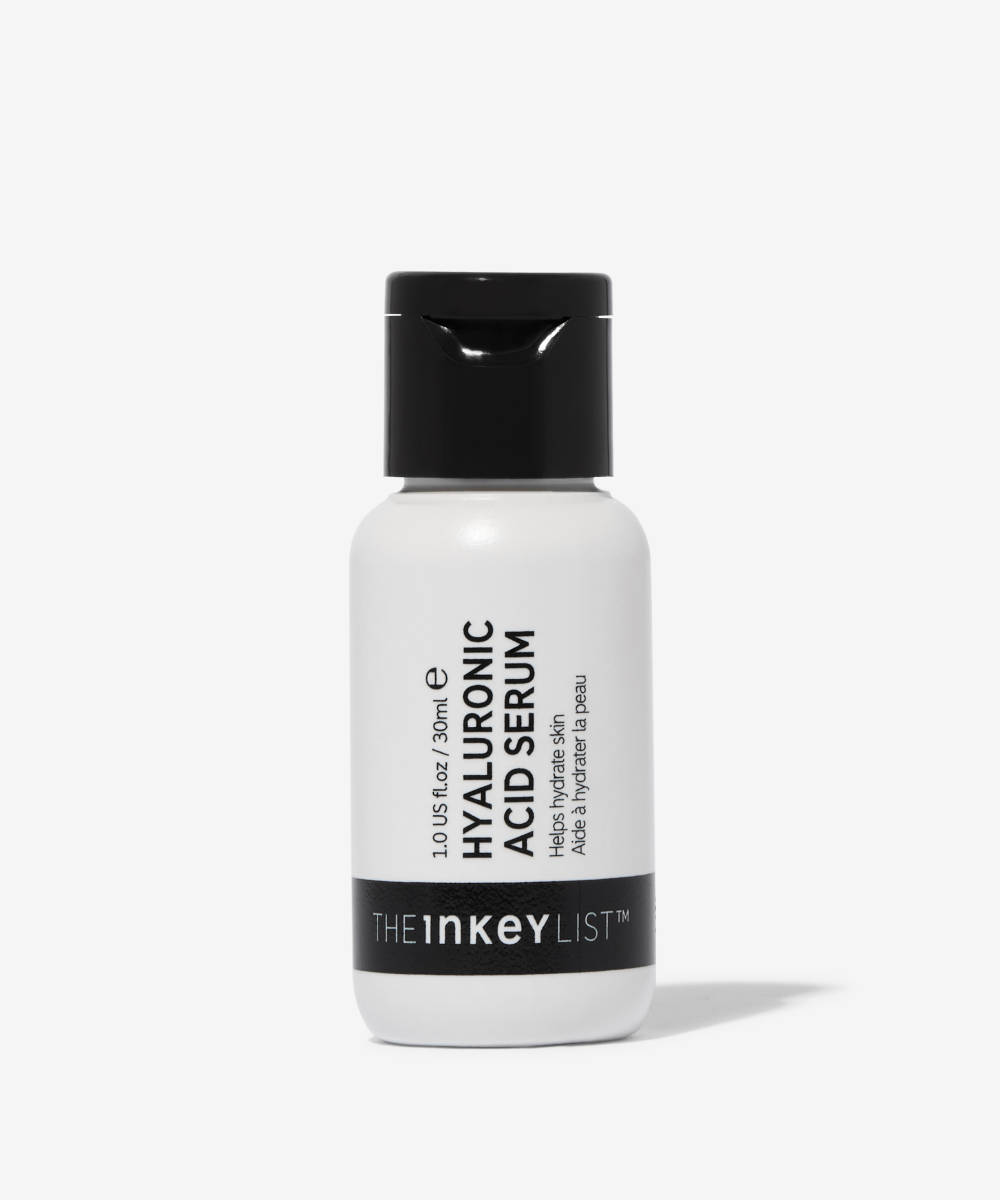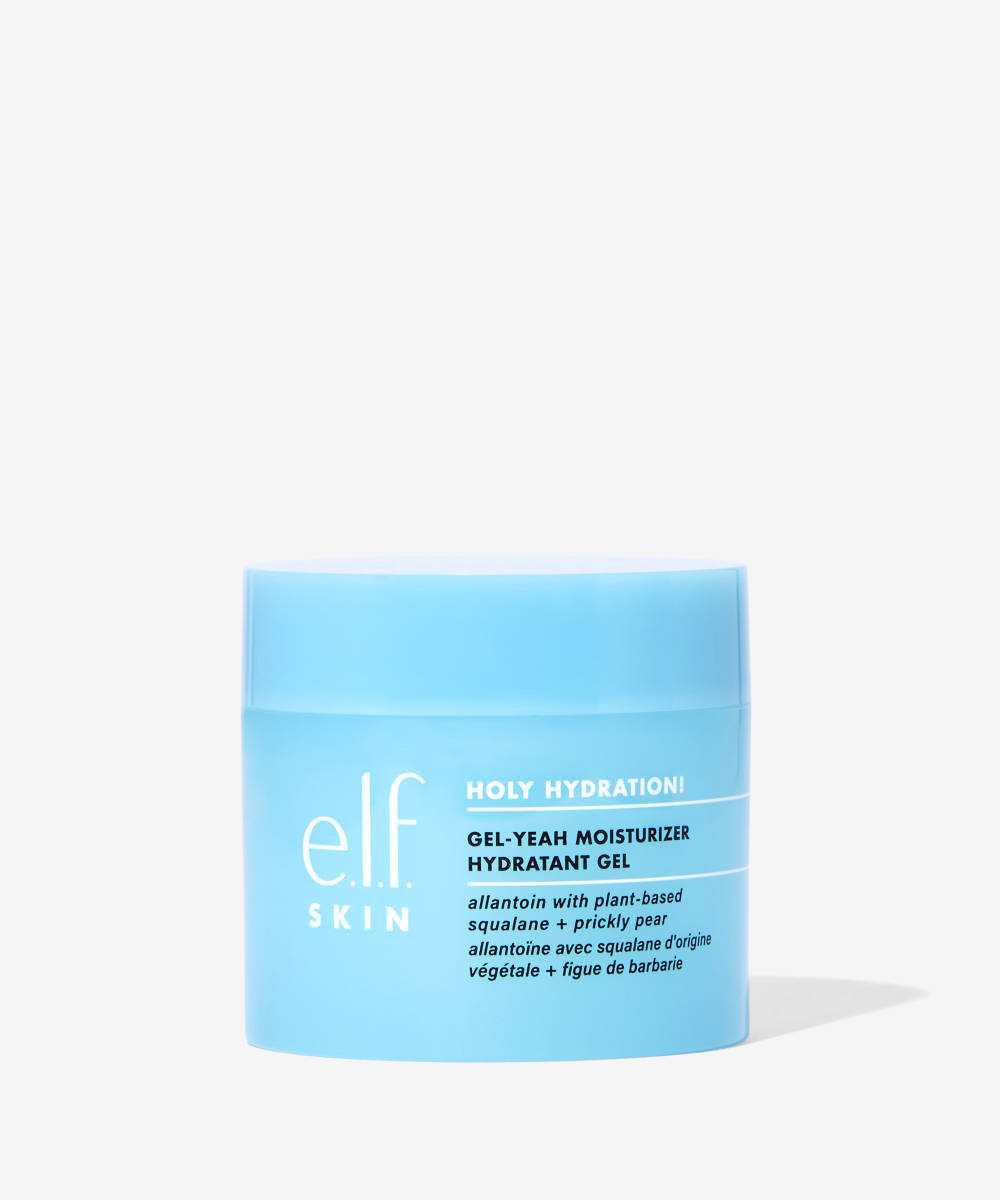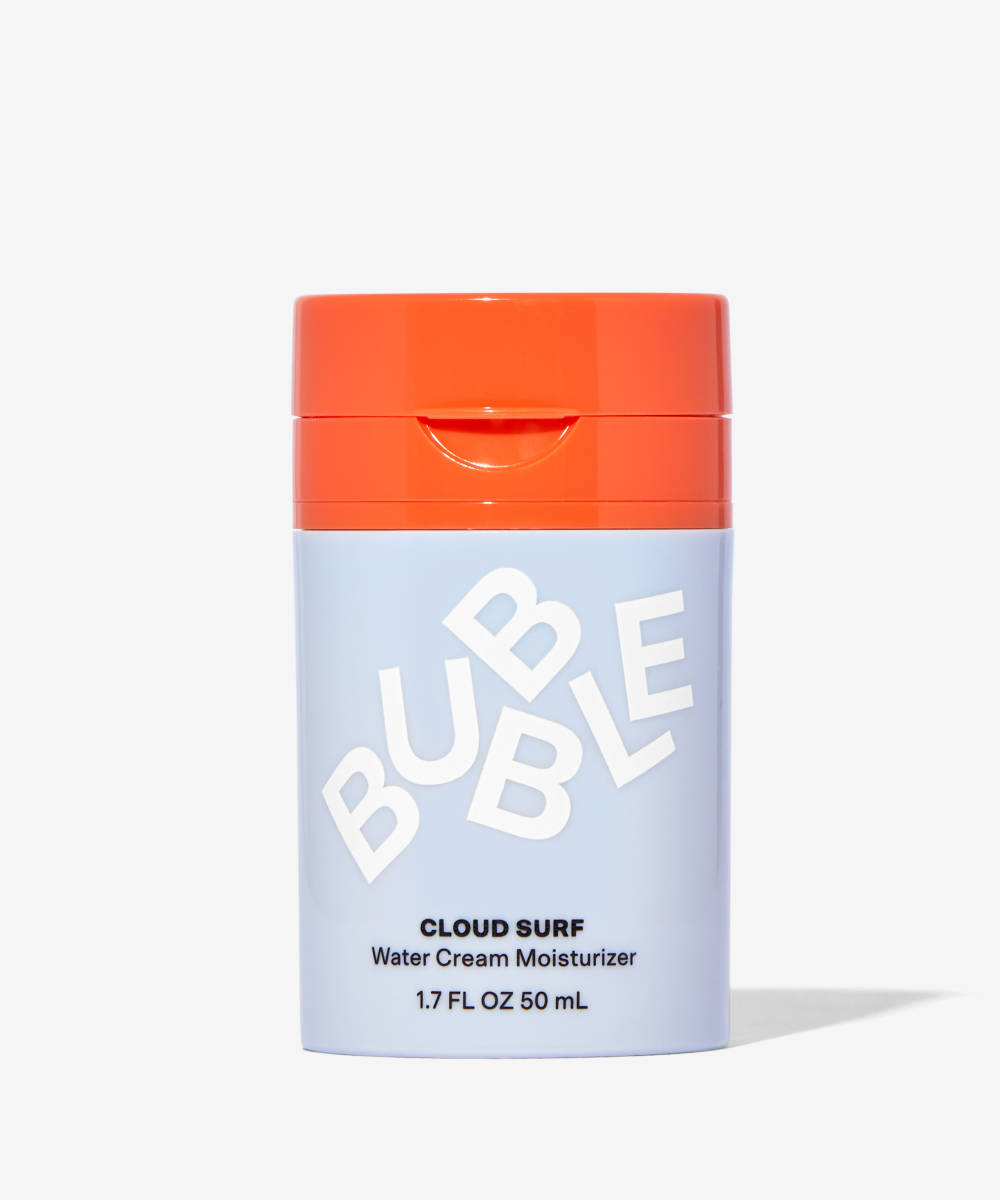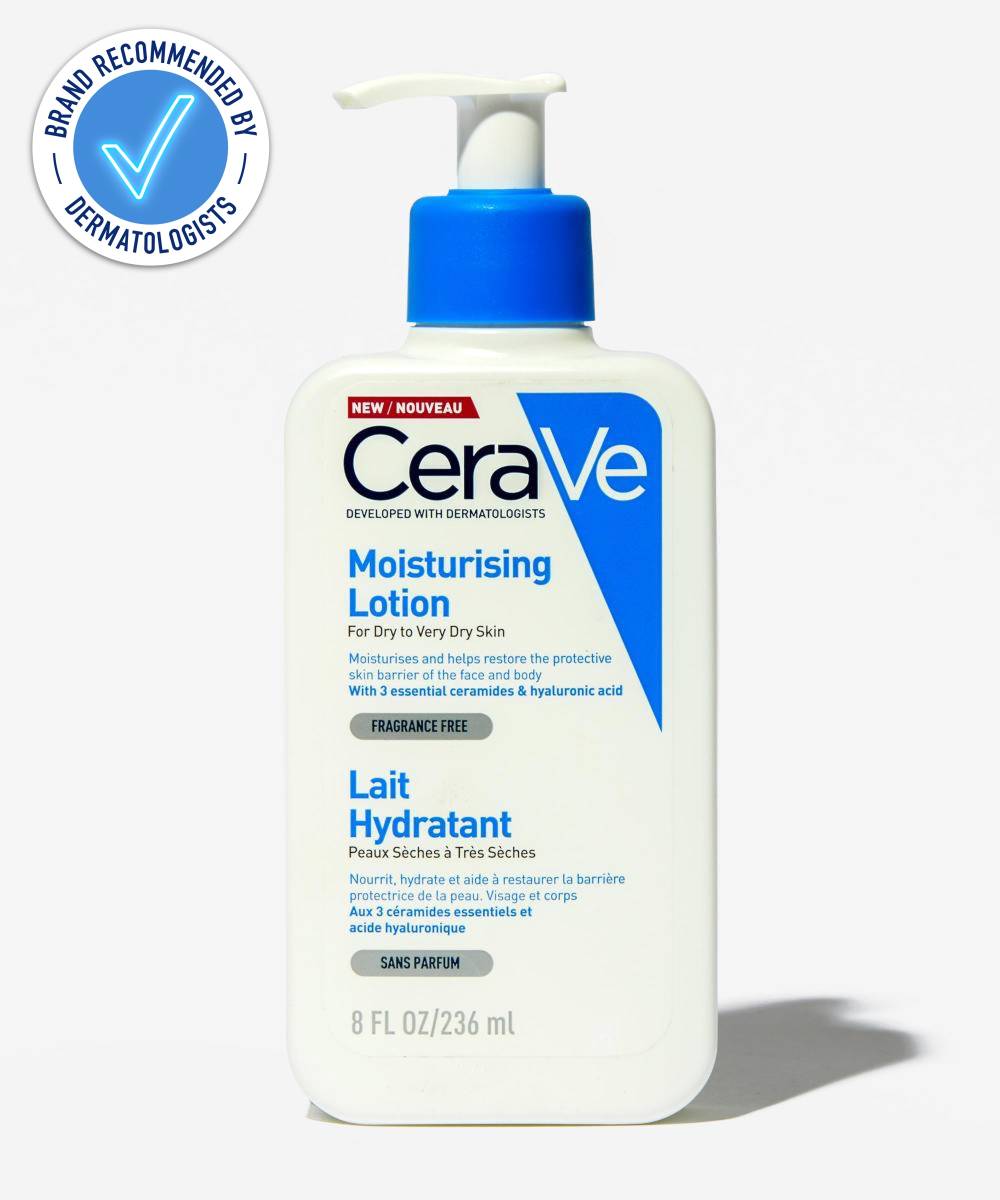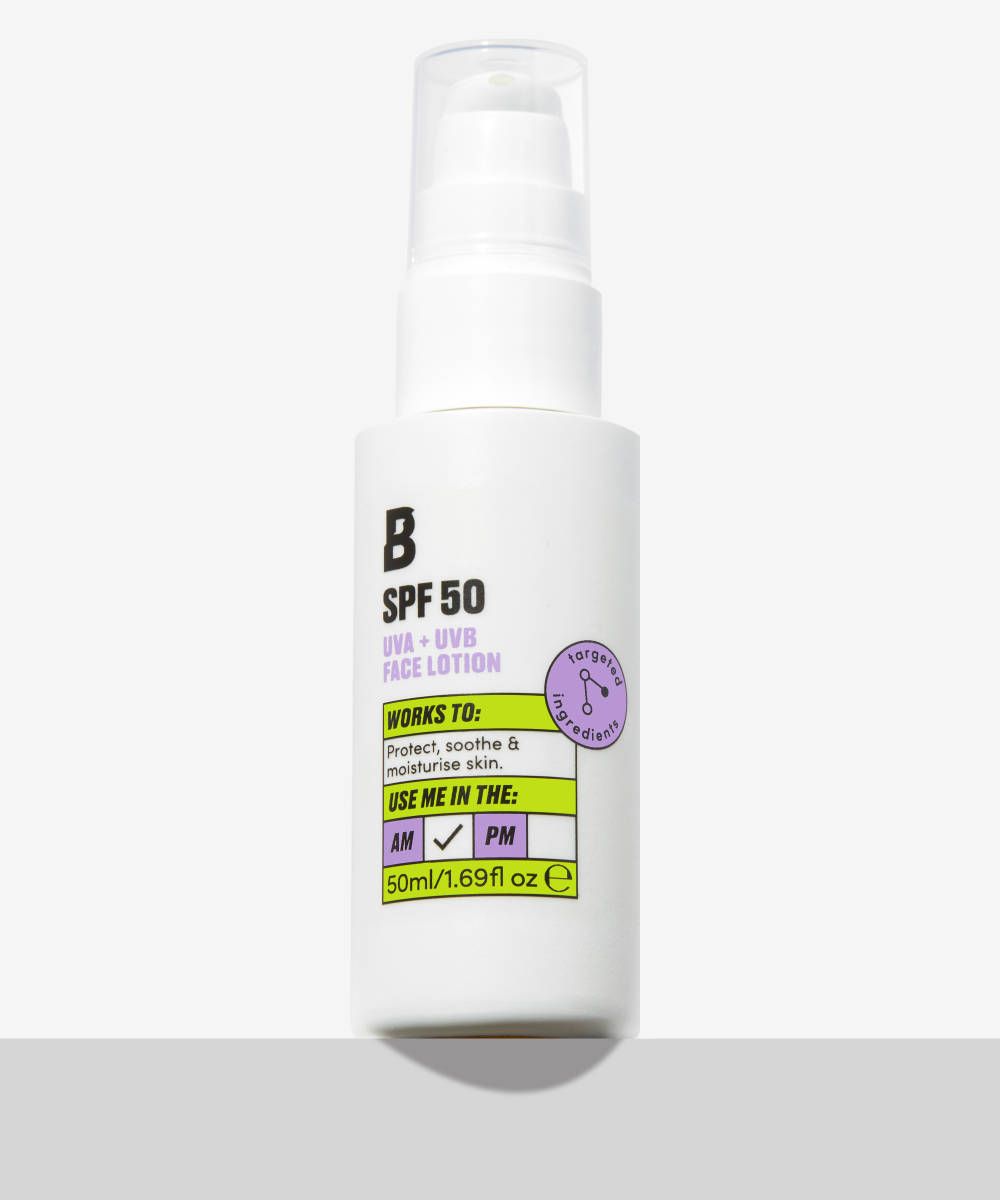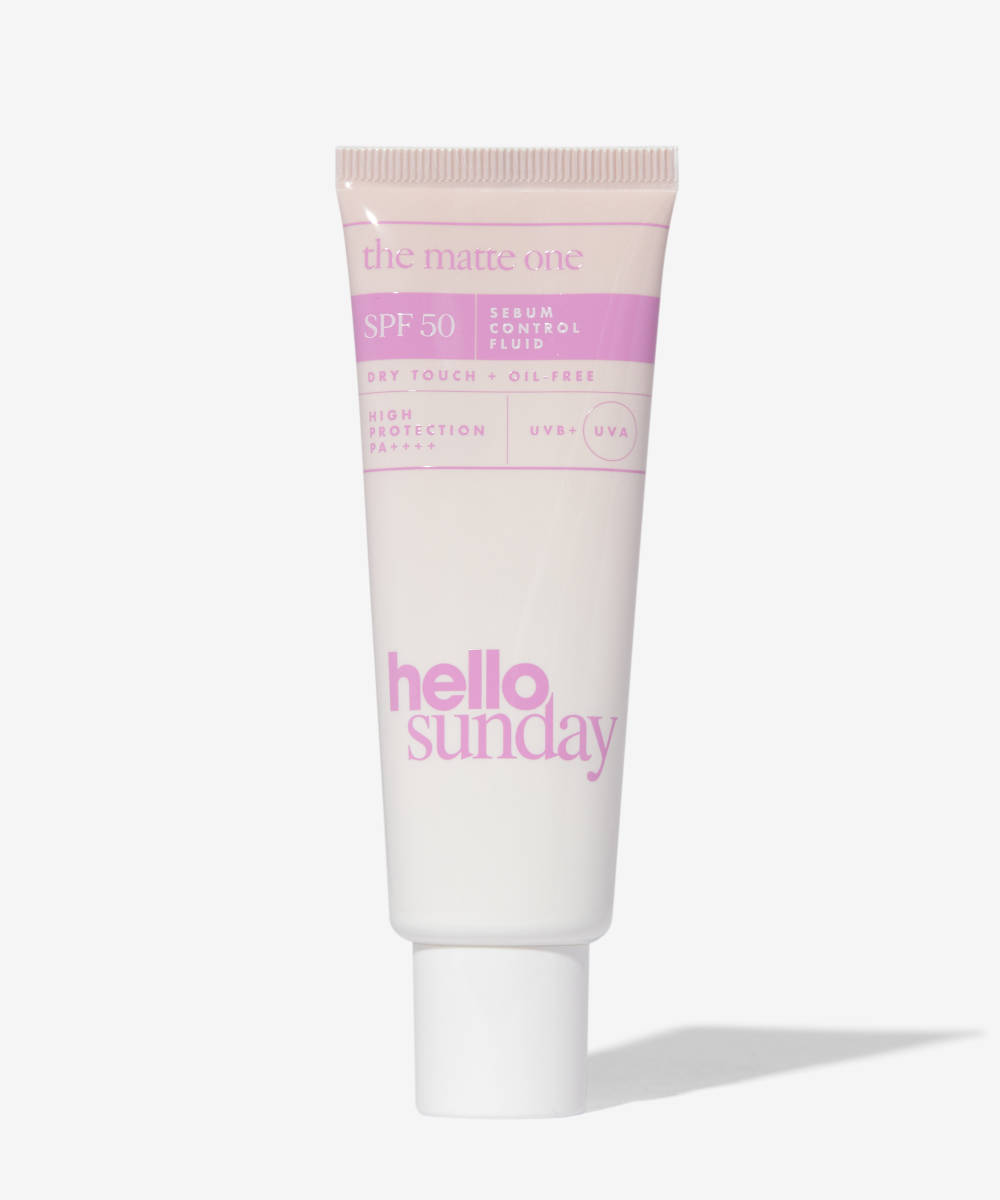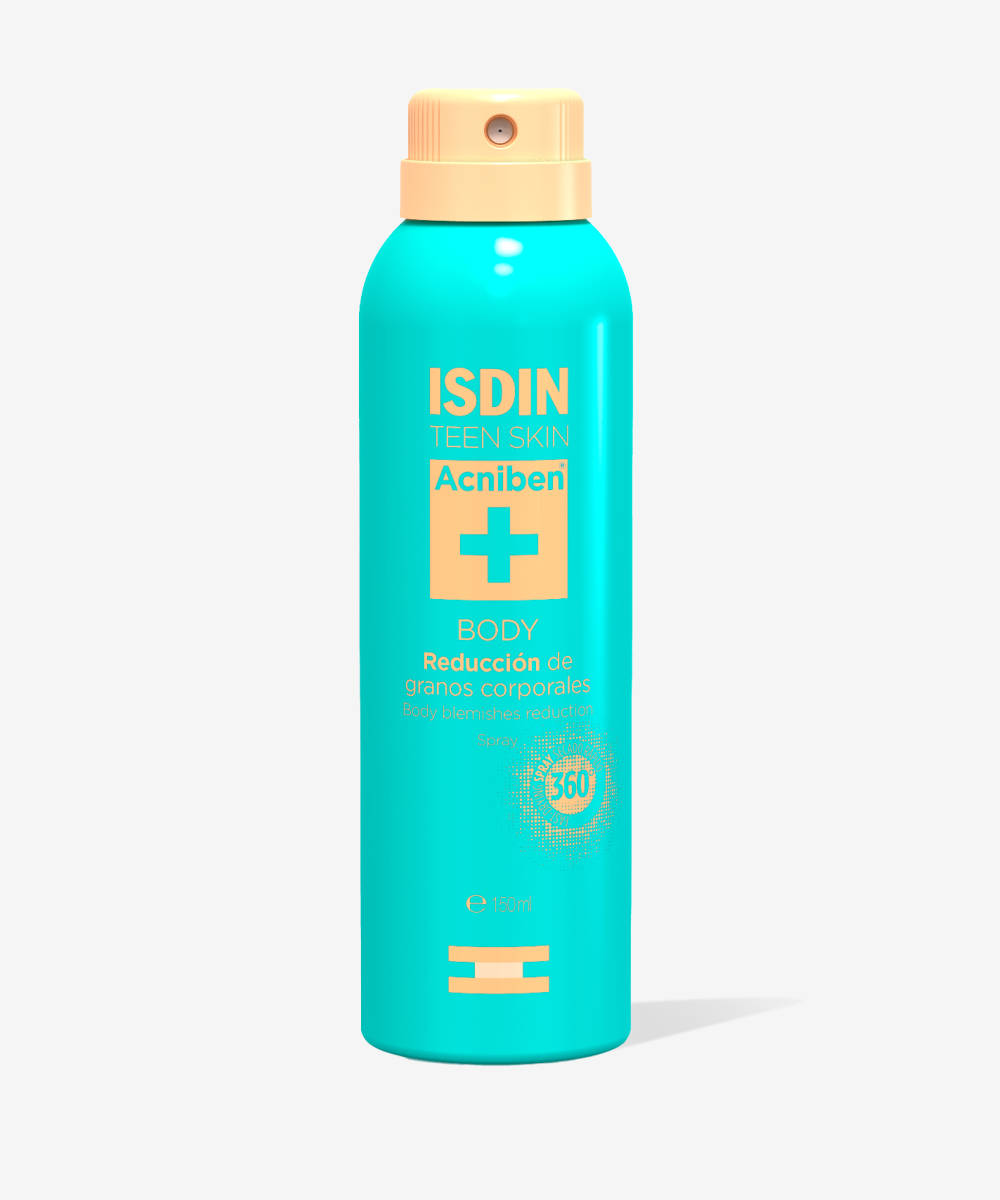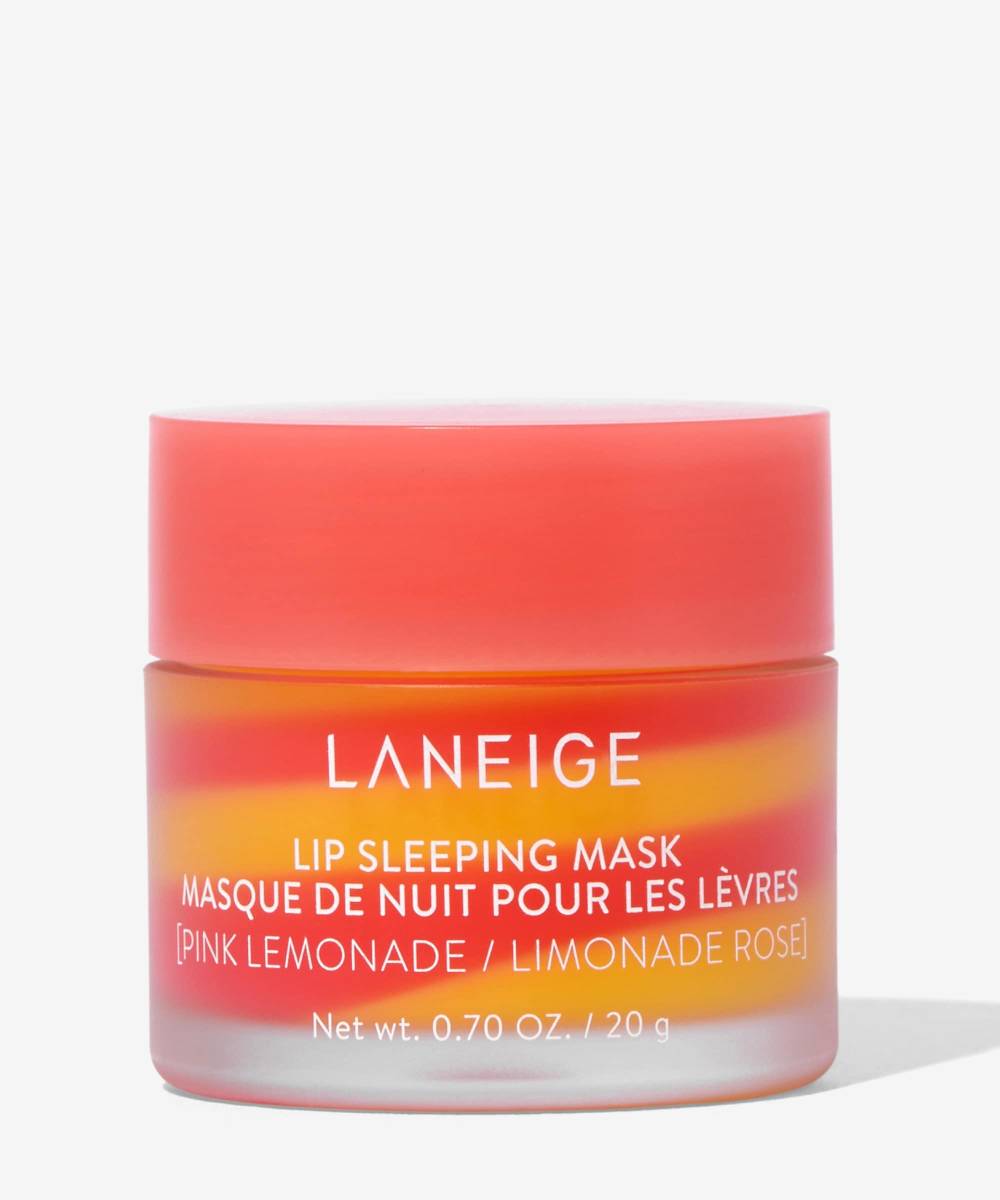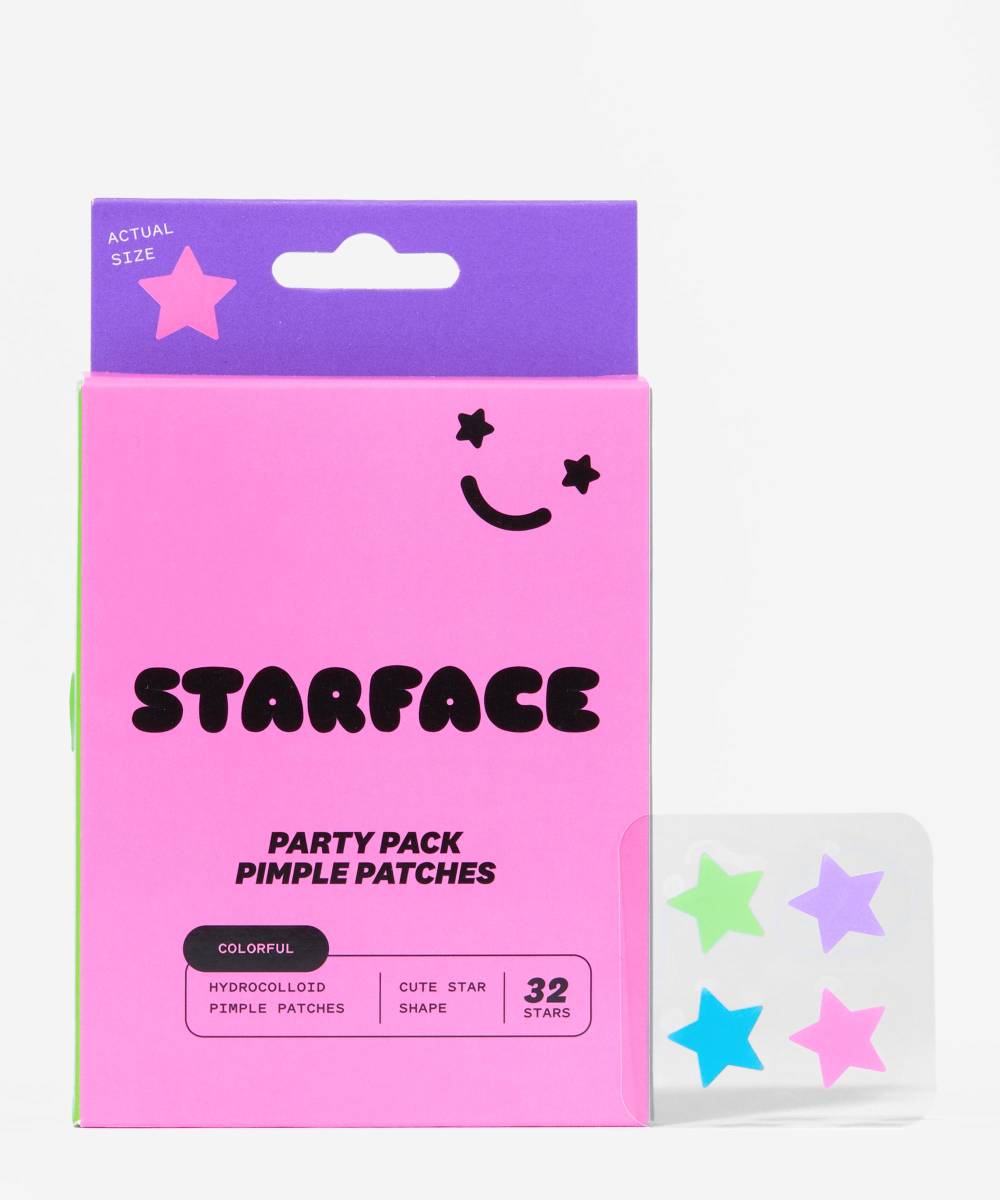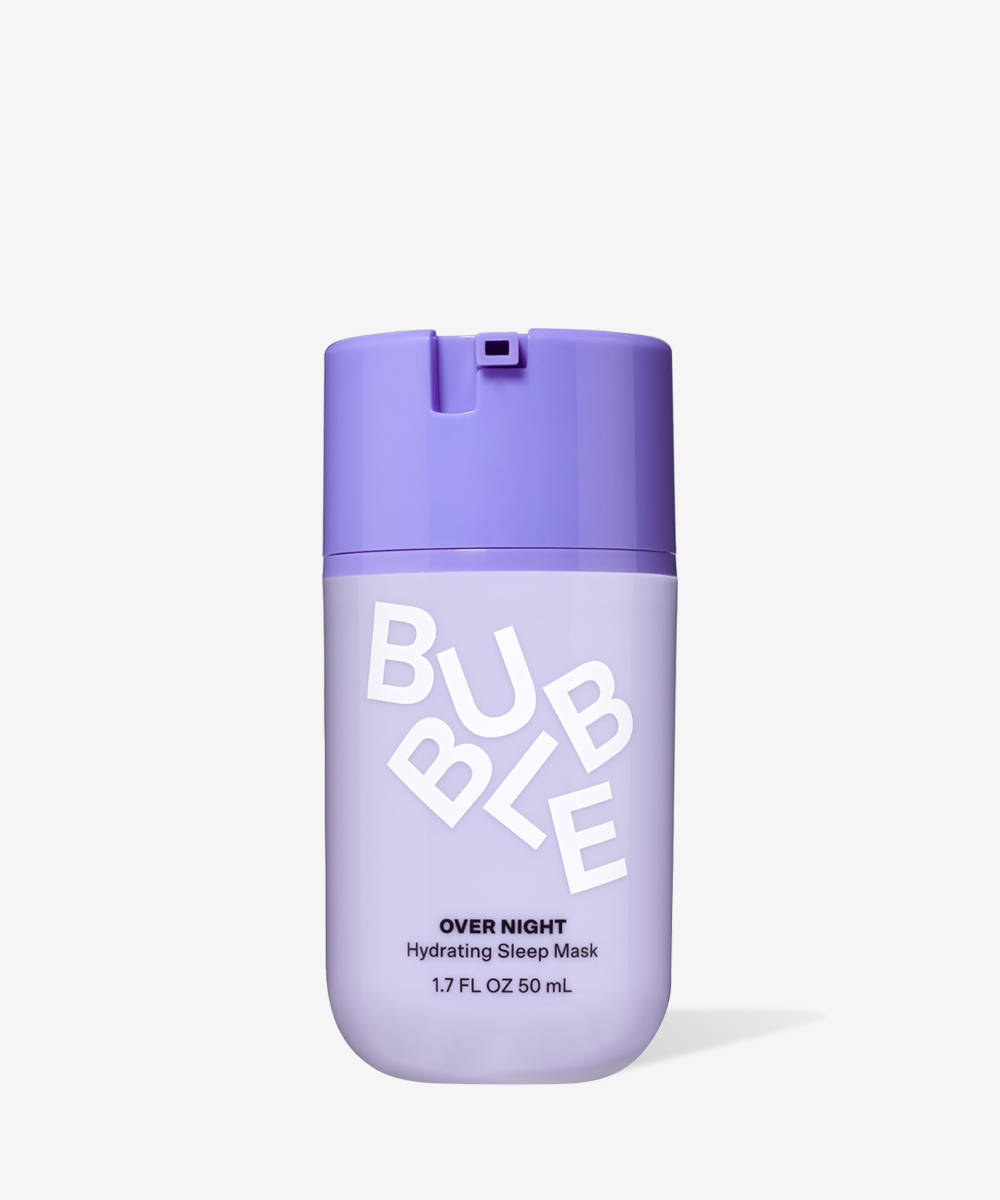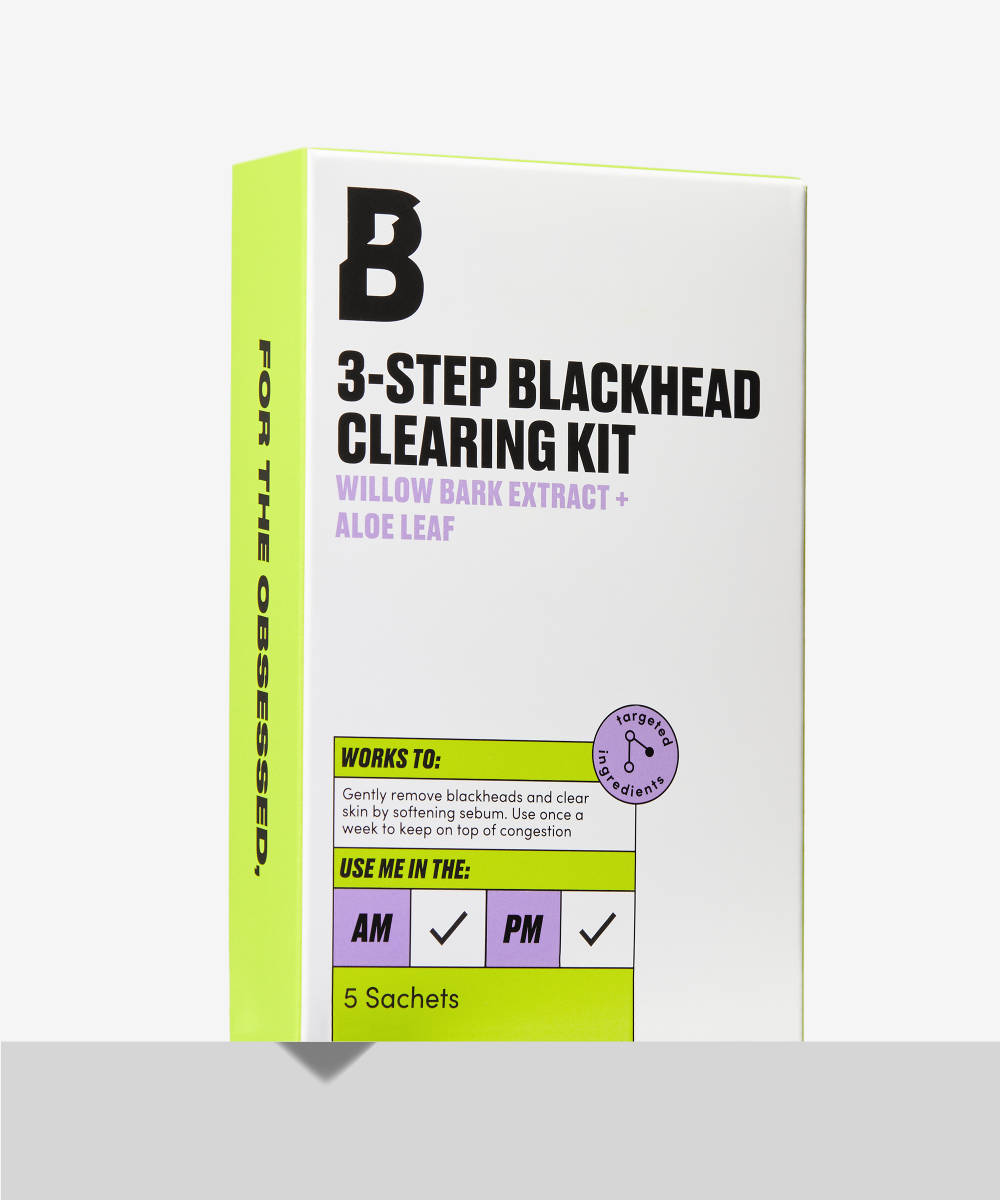With no thanks to puberty, your skin can be all over the place when you’re in your teens. As if being a teen isn’t tricky enough to navigate already, right? Hormonal changes can mean your skin begins to experience breakouts, clogged pores, and oiliness. Or, you can have the softest and clearest skin you’ve ever had, which you want to hold onto.
Finding the best skincare for teenagers and the teen skincare routine for you and your skin can take time. But where on earth do you start? If you’re finding skincare ingredients a minefield and wondering “is hyaluronic acid good for teenage skin?”, or if you’re looking for a cleanser for teenage skin that’s gentle, you’re in the right place. Read on to hear our teen skin ingredient recommendations and a simple four-step routine to keep your skin hydrated, clearer, smoother, and more even.
Can teens use skincare?
From age 12, it’s safe to start using certain ingredients and form a simple, gentle skincare routine. Although this is a safe age to start using skincare, teens and tweens should be wary of which ingredients they’re using and stick to gentle cleansing and hydrating products.
Which ingredients are safe for teens?
Hydrocolloid: As an ingredient that’s used in a lot of medical products to help treat and protect wounds, hydrocolloid is generally safe to add to teenage skincare routines. It usually appears in spot patches to help reduce the appearance of breakouts, which can be a concern for a lot of teens.
Niacinamide: As a gentle active ingredient, niacinamide is suitable for teen skincare routines. It works to reduce inflammation, minimise pore appearance, regulate oil production, and even skin tone and texture.
Hyaluronic acid: Ideal for youthful skin, hyaluronic acid is another gentle active ingredient. It draws in and retains moisture to keep skin hydrated and improve hydration levels.
Salicylic acid: It’s important to note that salicylic acid should only be used by older teens, and if they’re looking to tackle breakouts as it works by unclogging pores and removing excess oil. Be sure to start with a low concentration of salicylic acid to see how your skin will react.
Which ingredients should teens avoid?
Retinol: Most commonly used as an anti-ageing treatment as it triggers cell regeneration and collagen production, retinol is a retinoid that should only be used from your mid-20s. It can also be used to treat acne as it reduces the overproduction of sebum. However, retinol is not suitable for teens to use, and they should seek out ingredients which aren’t as strong if suffering from acne.
Retinal: As the most potent form of a non-prescription retinoid, retinal is stronger than retinol and should again be avoided by teens and tweens. Loved for its ability to improve the appearance of fine lines, wrinkles, and crows feet, it’s an ingredient to start using later in life.
Vitamin C: Although it may not be necessarily harmful to all tween or teen skin, vitamin C is primarily used to smooth and plump fine lines. So, it isn’t needed in a teen skincare routine, and excess ingredients or unnecessary products can lead to redness or irritation.
Peptides: Like vitamin C, peptides are not necessary in skincare for young skin. They stimulate collagen production to help smooth fine lines and wrinkles, which is not needed until much later in your skincare journey.
AHAs & BHAs: Skincare acids like AHAs and BHAs are used to brighten the skin and exfoliate its surface. These are usually too harsh for younger skin and should be avoided. However, some older teens may sometimes use them to help with spots and breakouts.
The Best Teenage Skincare Products For Every Step
Step 1: Start with a gel cleanser
What it does: Cleans skin in the AM. Removes makeup and impurities in the PM.
What teens should know: Teen skin usually does a good job of exfoliating itself, so it’s important to avoid using abrasive cleansers or scrubs daily. They can irritate your skin and dry it out, causing it to over-produce oil and clog pores. Instead, start the day off by cleansing with a gentle and refreshing gel formula like our recommendations below. These allow you to remove morning oiliness without stressing out your skin. These are best to use in the PM too, as they’ll gently remove any makeup and impurities. Simply massage onto damp skin and rinse away with warm water.
The Best Cleansers for Teenage Skin
Bubble Skincare Fresh Start Gel Cleanser: Formulated with spearmint extract to refresh skin, aloe leaf to moisturise, and caffeine to soothe and reduce redness.
CeraVe SA Smoothing Cleanser: Suitable for older teens wanting to tackle breakouts, as it features salicylic acid.
The Ordinary Supersize Squalane Cleanser: Formulated with plant-derived squalane, which gently removes dirt to clean pores.
Step 2: Apply a gentle serum
What it does: Targets a particular skin concern
How it works: Serum is by no means an essential step in a skincare routine for young skin. However if you have a particular skin concern you want to address like increased breakouts, oiliness, congestion, and post-acne scarring, a serum could help. They hero ingredients like salicylic acid (to unclog blocked pores), niacinamide (which balances skin and fades pigmentation), and hyaluronic acid (which hydrates skin). Apply your serum by patting onto damp skin and focus on areas of concern like the T-zone.
The Best Serums for Teenage Skin
The Ordinary Niacinamide 10% + Zinc 1%:Works to improve skin brightness, improve skin smoothness, and reinforce the skin barrier over time.
By BEAUTY BAY Breakout Clearing Serum: Suitable for older teens, this serum combines 2% salicylic acid with 1% bakuchiol and succinic acid, to help tackle breakouts, reduce the appearance of congestion and redness, refine skin texture, and even skin tone.
The INKEY List Hyaluronic Acid Serum: Gives skin a plump, smooth and healthy complexion thanks to a lightweight, non-tacky texture.
Step 3: Use a water-based moisturiser
What it does: Locks in hydration and balances skin
How it works: Follow your serum with a moisturiser to maintain hydration throughout the day or night. Hydration is key to achieving healthy balanced skin – without it dehydrated skin may attempt to self-moisturise by producing more oil. Look for a product that is water-based – they tend to spread easily, feel light on skin, and have a non-greasy texture that will sit well under makeup, won’t clog pores, and will put an end to any shiny photo faces. Massage onto skin, focusing on any areas of dryness.
The Best Moisturisers for Teenage Skin
e.l.f. Cosmetics Holy Hydration! Gel Yeah Moisturiser: Formulated with a moisturising medley of allantoin, squalane, and prickly pear to nourish the skin for a balanced and plump complexion.
Bubble Skincare Cloud Surf Water Cream Moisturiser: Helps reduce the visibility of pores, rebalance oil levels, and nourish the skin without a heavy or sticky feel thanks to a hibiscus extract, celery seed extract, and lilac extract formulation.
CeraVe Moisturising Lotion: This moisturiser is developed with dermatologists and features three essential ceramides and hyaluronic acid to help to hydrate and protect the skin’s natural barrier.
Step 4: Apply an SPF (in the AM only!)
The majority of sun damage happens when we’re young so it’s super important to get into the good habit of protecting your skin daily. Exposure to UV rays damages skin, leads to early signs of aging and can result in more serious concerns like skin cancer, but did you also know that it can also cause enlarged pores, post-acne pigmentation, and can trigger inflammatory skin concerns like rosacea? Even more reason to apply your SPF. Look out for serum formulas which feel light on skin and play well with makeup – don’t forget your neck!
FYI, You don’t need to apply SPF in your evening routine.
The Best SPFs for Teen Skin
Hello Sunday The Matte One Sebum Control SPF50 Moisturiser: Ideal for teens with oily and blemish-prone skin, this SPF has a non-comedogenic formula that gives an immediate matte effect thanks to the silica which regulates oil production.
By BEAUTY BAY SPF 50 Face Lotion: Soothes and moisturises skin whilst providing anti-pollution and both UVA/UVB protection. anti-pollution active, coneflower, to help protect the skin against air pollution, reduce redness and the appearance of wrinkles.
Beauty of Joseon Relief Sun : Rice + Probiotics: This lightweight chemical sunscreen provides powerful protection from UVA and UVB rays with SPF50+. Probiotics and rice extract work to strengthen the skin barrier to protect against damage and dehydration.
Extras for Your Teen Skincare Routine
FYI: This article was previously published at an earlier date and has since been updated.
